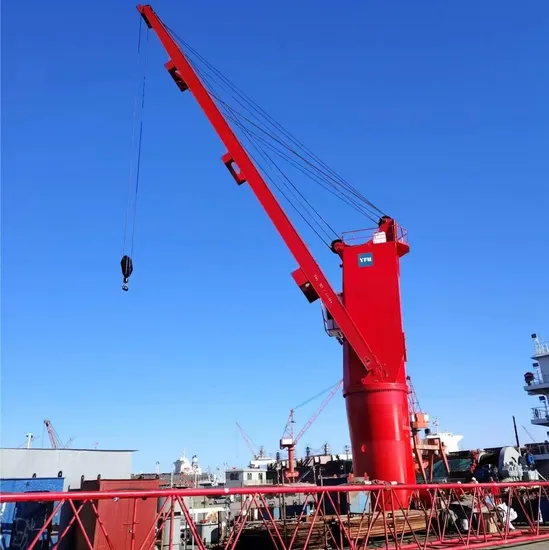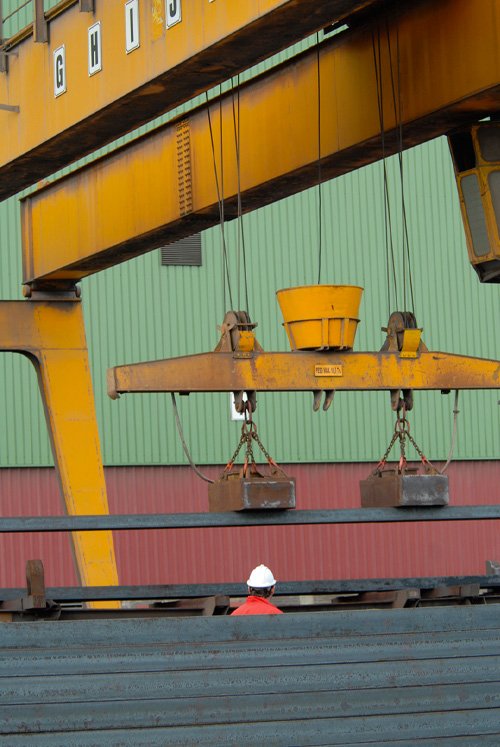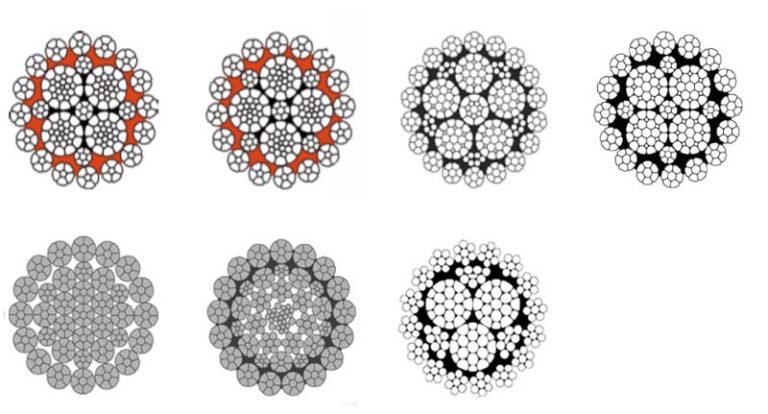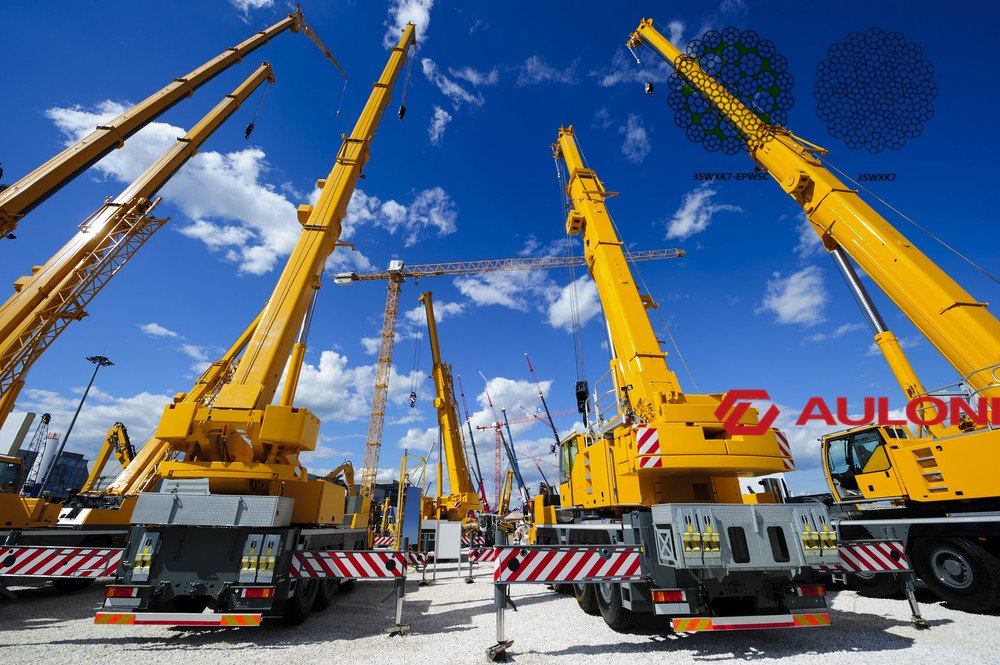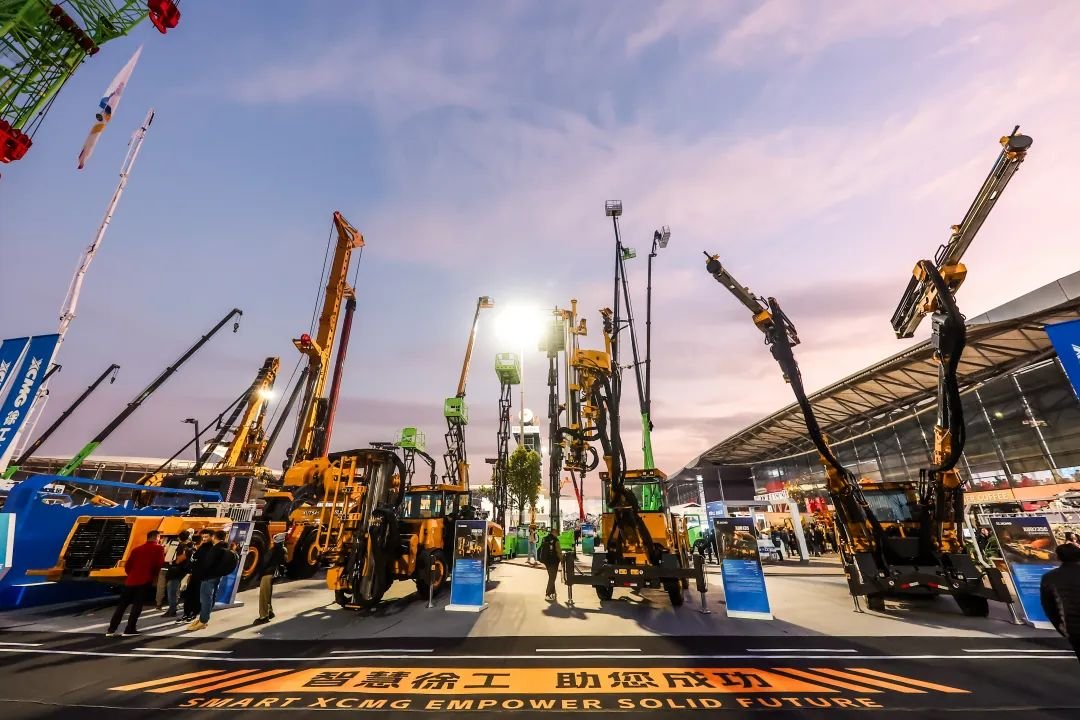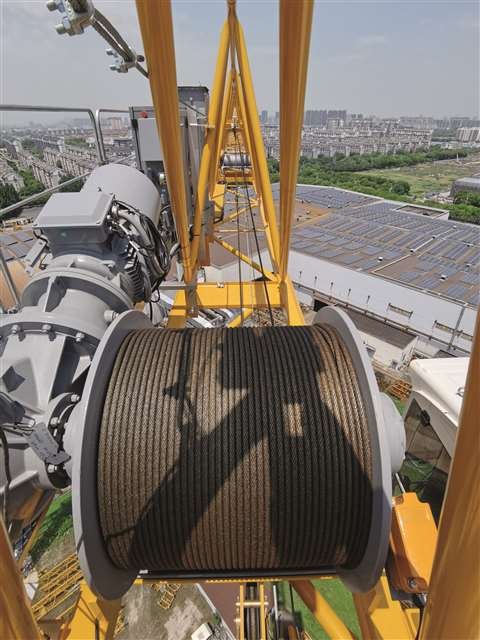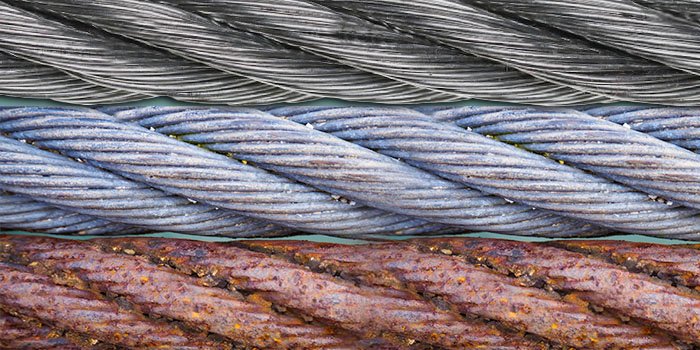
Does your wire rope break too soon? Are you worried about costly downtime? You are not alone.
Wire rope abrasion is surface wear. Fatigue is structural damage from repeated stress. Both shorten rope life. They can cause big problems.
I once worked with a client. He had a project. His ropes kept failing early. It cost him a lot. He needed a better solution.
What Does Wire Rope Abrasion Mean for Your Operations?
Abrasion is bad news for your wire ropes. It wears down the outer wires. This reduces the rope’s strength. It makes your operations risky.
Wire rope abrasion is wear on the outside. It happens when the rope rubs against things. It reduces the rope’s strength. This can cause the rope to fail.
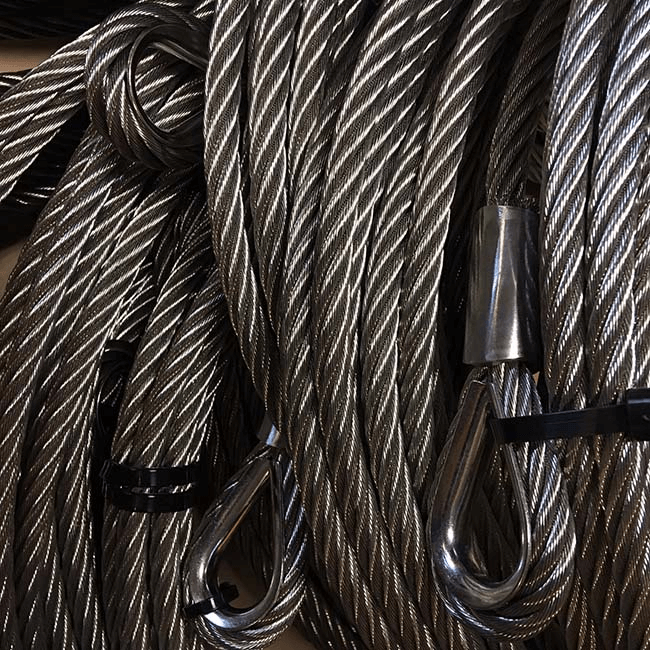
When I started Aulone, I saw many companies struggle with abrasion. They did not know how to stop it. They just bought new ropes faster. This was not efficient. My goal was to help them understand. They needed to find better ways to reduce wear.
Dive Deeper: Causes and Prevention of Abrasion
Abrasion happens for many reasons. Knowing these helps prevent it.
- Friction Points:
- Pulleys and Sheaves: Ropes rub on these. If they are worn or misaligned, they cause more abrasion.
- Drums: When ropes wind onto drums, they rub against each other. They also rub against the drum surface.
- Other Structures: Ropes can rub against guide rollers. They can also rub against machine parts.
- Dirty Environments:
- Dust and Dirt: Small particles get between the wires. They act like sandpaper. This grinds down the metal.
- Grinding: These particles increase friction. They speed up wear.
- Lack of Lubrication:
- No Oil: Lubrication reduces friction. Without it, metal rubs directly on metal. This causes rapid wear.
- Dry Ropes: A dry rope wears out much faster. It also corrodes more easily.
Here are ways to prevent abrasion:
Prevention Strategies:
| Strategy | Description | Benefit |
|---|---|---|
| Regular Lubrication | Apply proper wire rope lubricant. | Reduces friction, prevents corrosion. |
| Inspect Sheaves/Drums | Check for wear, grooves, or misalignment. | Ensures smooth rope movement, less rub. |
| Choose Right Rope Type | Use ropes with better abrasion resistance. | Lasts longer in harsh conditions. |
| Clean Operating Area | Keep sheaves and drums free from debris. | Stops particles from grinding wires. |
| Proper Usage | Avoid sudden jerks or heavy rubbing on edges. | Minimizes direct impact and friction. |
I always advise clients to lubricate their ropes often. Many clients stress strict quality control. They also care about certifications. They know that good maintenance and certified rope reduce problems. Our ropes comply with EN12385-4. We also offer BV & CE, RMRS, DNV, ABS certificates. This gives our clients peace of mind.
How Does Wire Rope Fatigue Affect Performance and Safety?
Fatigue is a hidden enemy. It weakens the rope from the inside. This happens over time with repeated use. Fatigue is very dangerous. It causes sudden breaks.
Wire rope fatigue is internal weakening. It comes from bending and unbending. It also comes from repeated loads. It is hard to see. It can cause sudden failure.
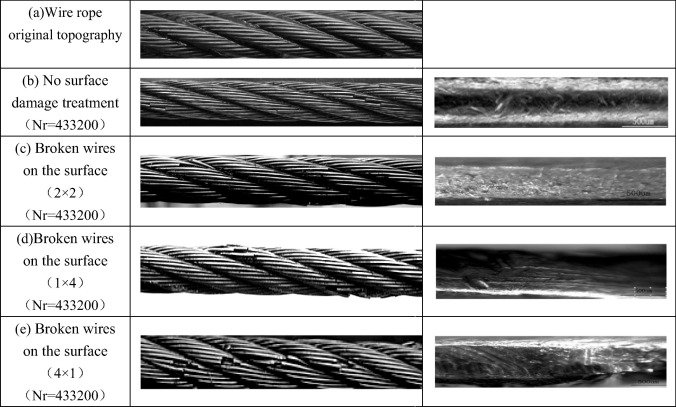
I learned about fatigue early in my career. Many people only look for visible damage. They miss the danger of internal cracks. At Aulone, we focus on high quality. We use good materials. We also use strong construction to fight fatigue.
Dive Deeper: Understanding and Mitigating Fatigue
Fatigue is a complex issue. It involves the metal’s structure.
- Repeated Bending:
- Small Bends: Every time a rope goes over a sheave, it bends. Then it straightens. This bending back and forth causes stress.
- Cycles: Many cycles of bending lead to small cracks. These cracks grow over time.
- Loading and Unloading:
- Load Cycles: When a rope lifts and lowers a load, it stretches. Then it relaxes. This change in tension causes stress.
- Overload: Even short periods of high load speed up fatigue.
- Vibration:
- Constant Movement: Machines can cause vibration. This adds more stress to the rope wires.
- Resonance: If vibration matches the rope’s natural frequency, it gets worse.
Here are ways to fight fatigue:
Fatigue Mitigation Strategies:
| Strategy | Description | Benefit |
|---|---|---|
| Use Larger Sheaves | Bigger sheaves reduce bending stress. | Less bending, longer rope life. |
| Control Load Cycles | Avoid jerking or sudden stops. | Reduces stress peaks on the rope. |
| Regular Inspections | Check carefully for broken wires near eyes. | Finds early signs of internal damage. |
| Choose Proper Rope Design | Select ropes with more flexibility or strands. | Better able to handle bending fatigue. |
| Reduce Vibrations | Use vibration dampeners if possible. | Minimizes extra stress from movement. |
My factory has four production lines. We make high tensile strength ropes. These ropes have high breaking loads. This is important for reducing fatigue. A stronger rope handles stress better. We export to Singapore, Indonesia, Vietnam, Saudi Arabia, UAE, Russia, Australia, and Canada. Our global clients need ropes that last. My team works hard to make quality ropes for them. We make sure they meet tough standards.
Why Do Abrasion and Fatigue Happen Together, and What Can You Do?
Abrasion and fatigue often work together. Abrasion reduces wire size. This makes the remaining wire weaker. Then, fatigue affects these weaker wires faster. They are a dangerous pair.
Abrasion removes metal. This makes wires thinner. Thinner wires are weaker. They fail from fatigue faster. Both problems get worse together.
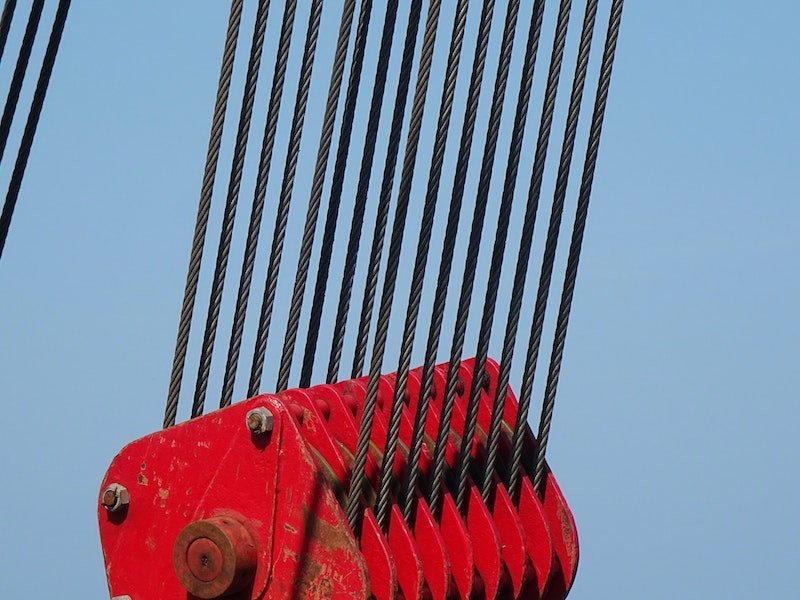
Dive Deeper: Integrated Solutions for Longer Rope Life
When I consult with clients, I see this pattern often. They only fix one problem. But both issues combine to cause faster failure. You must address both. Only then can you fully protect your wire ropes.
You need a full plan. You cannot just focus on one thing.
- Comprehensive Inspection:
- Visual Check: Look for worn outer wires (abrasion).
- Touch and Feel: Feel for broken wires (fatigue).
- Internal Check: For larger ropes, sometimes special tools inspect inside.
- Balanced Maintenance:
- Lubrication: This helps both. It stops abrasion. It also reduces metal-on-metal wear inside the rope. This delays fatigue.
- Cleaning: Removing dirt stops abrasion. Cleaner ropes also last longer. Less grinding prevents internal damage.
- Right Product Selection:
- Application Specific: Choose a rope designed for your conditions. Some ropes resist abrasion better. Others handle fatigue better. My team helps clients choose the best rope type. We offer galvanized wire rope. We also offer plastic impregnated ropes. These are great for harsh environments. They reduce abrasion and corrosion.
- Customization: We can even customize logos. We make sure the rope fits your exact needs.
Combined Prevention Strategies:
| Strategy | Primary Benefit | Secondary Benefit |
|---|---|---|
| Consistent Lubrication | Reduces abrasion | Delays fatigue |
| Proper Sheave Sizing | Reduces fatigue | Decreases abrasion |
| Regular Cleaning | Prevents abrasion | Minimizes internal wear |
| High-Quality Rope | Higher breaking load | Better resistance to both |
| Timely Replacement | Prevents sudden failure | Ensures operational safety |
My company, Aulone, focuses on high quality. Our products have high tensile strength. They also have high breaking loads. This means they are ready for tough jobs. We work with purchasing managers. We work with crane rental companies. We work with mining companies. They all need reliable ropes. My team works to provide ropes that last. We make sure they meet all standards. My website, www.wireropes.net, has more info. You can also email me: Jessica@wireropes.net.
What Are the Hidden Dangers of Wire Rope Abrasion and Fatigue?
The hidden dangers are serious. These issues do not always show on the surface. They can lead to sudden, catastrophic failures. This puts lives and money at risk.
Hidden dangers of abrasion and fatigue include sudden breaks. They also include unexpected downtime. This leads to high repair costs. And it is a safety risk.

Trust me, I have seen the results of ignoring these issues. A small crack becomes a big problem. A little wear becomes a critical failure. It is always better to be safe. It is always better to be proactive.
Dive Deeper: Consequences and Proactive Measures
Ignoring these signs has big costs.
- Unplanned Downtime:
- Lost Work: When a rope breaks, work stops. This means delays. This means money lost.
- Repair Time: Replacing a rope and fixing damage takes time. This affects project schedules.
- Safety Hazards:
- Injury/Death: A sudden rope failure can cause severe injury or even death. This is the worst outcome.
- Damage to Property: Falling loads or broken equipment can destroy valuable assets.
- Increased Costs:
- Frequent Replacements: If ropes fail often, you buy more often. This adds up.
- Insurance Issues: Accidents can lead to higher insurance premiums. They can also lead to legal problems.
Here are ways to be proactive:
Proactive Measures:
| Measure | Description | Benefit |
|---|---|---|
| Scheduled Inspections | Regular checks by trained personnel. | Catches problems early before they grow. |
| Detailed Record Keeping | Track rope usage, lubrication, and events. | Helps predict rope life and schedule maintenance. |
| Operator Training | Teach proper rope handling and warning signs. | Reduces misuse and early damage. |
| Use of Certified Products | Ensure ropes meet international standards. | Guarantees quality and reliability from start. |
I develop business with clients directly. I also use my official website. I use Google to reach new clients. My goal is to educate the market. I want to show them the value of good ropes. I also want to show them good maintenance. This protects their investments. It protects their people.
How Can You Extend the Life of Your Wire Ropes Effectively?
Extending rope life saves money. It keeps your operations safe. It needs a mix of good practices. It needs the right products. And it needs smart planning.
Extend wire rope life by choosing high-quality ropes. Use proper lubrication. Inspect regularly. And replace ropes when needed. This saves money and boosts safety.
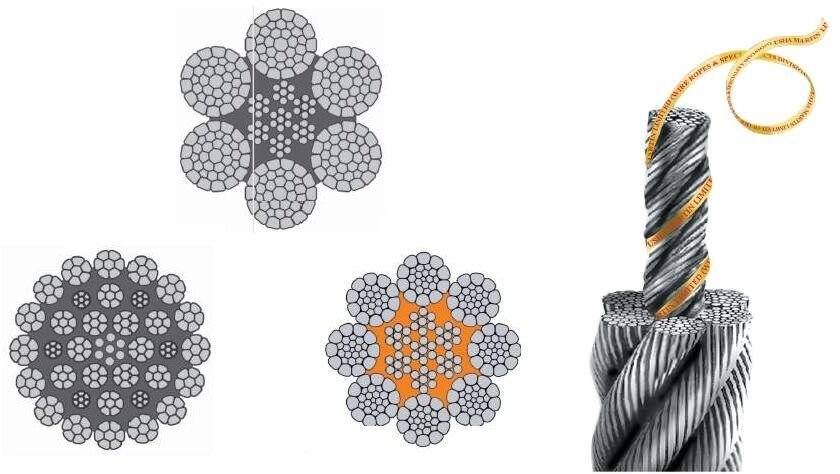
When clients ask how to get more use from their ropes, I share simple steps. Doing these things can greatly increase rope life. It avoids surprise failures.
Dive Deeper: Best Practices for Wire Rope Longevity
Longevity comes from consistent effort.
- Selection Matters:
- Right Rope for the Job: Do not use general-purpose rope for specialized tasks. Choose specific rope. For example, use a mining wire rope for mining jobs. Use a marine wire rope for marine tasks.
- Quality First: Always buy good quality. Our ropes are high quality. They have high breaking load. They come from a factory with four production lines.
- Maintenance is Key:
- Lubricate Often: This is the easiest and most effective step. It protects against abrasion and fatigue.
- Keep Clean: Remove dirt and debris from the rope and its path.
- Check Regularly: Look for wear signs. Act on broken wires or thinning spots quickly.
- Proper Handling:
- Smooth Operations: Avoid sudden starts, stops, or jerks. Use smooth movements when lifting.
- Correct Installation: Make sure ropes are installed correctly. Incorrect installation causes early damage.
- Storage: Store unused ropes properly. Keep them dry and lubricated.
- Knowing When to Retire:
- Standards: Follow industry standards for retirement. For example, EN12385-4.
- Visible Damage: If you see too many broken wires, severe kinks, or corrosion, replace it.
Lifecycle Management Checklist:
| Action | Frequency | Benefit |
|---|---|---|
| Lubricate Rope | Weekly/Monthly | Protects against wear and internal damage. |
| Visual Inspection | Daily/Before Use | Spots obvious damage for quick action. |
| Detailed Inspection | Monthly/Quarterly | Finds less obvious issues. |
| Sheave/Drum Check | Monthly/Quarterly | Prevents accelerated rope wear. |
| Record Keeping | Ongoing | Predicts replacement needs accurately. |
| Operator Feedback | Daily | Captures immediate operational issues. |
My company, Aulone, manufactures wire ropes. We make crane wire rope, elevator wire rope, and synthetic rope. We also make stainless steel wire rope. And specialized assemblies. We even make piling tools. We send our products to big countries. We help large corporations. We help wire rope distributors. We help them get the best value. We make sure their operations run smoothly and safely.
Conclusion
Understanding abrasion and fatigue is vital. It is key to wire rope life. It ensures safety. And it saves money. Be proactive. Use high-quality ropes. Maintain them well. This will keep your operations safe and cost-effective.

